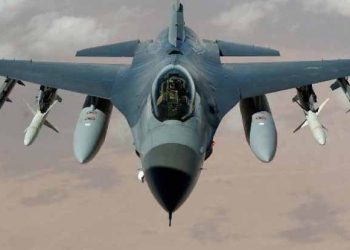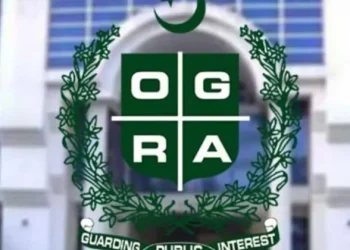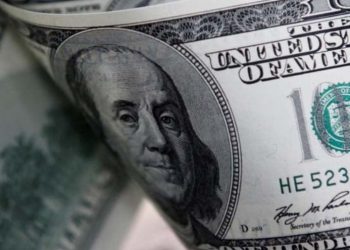ivering the first notable sign of relief for weary Americans who have watched inflation climb over the past two years.
The Consumer Price Index (CPI) was flat last month after advancing 1.3% in June, the Labour Department said on Wednesday in a closely watched report that nevertheless showed underlying inflation pressures remain elevated as the Federal Reserve mulls whether to embrace another super-sized interest rate hike in September.
The reading was the largest month-on-month deceleration of price increases since 1973 and followed on the heels of a roughly 20% drop in the cost of gasoline. Prices at the pump spiked in the first half of this year due to the war in Ukraine, hitting a record-high average of more than $5 per gallon in mid-June, according to motorist advocacy group AAA.
Economists polled by Reuters had forecast a 0.2% rise in the monthly CPI in July. The Fed has indicated that several monthly declines in CPI growth would be needed before it lets up on the aggressive monetary policy tightening it has delivered to tame inflation currently running at a four-decade high.
But the lower-than-expected CPI data ignited a strong rally in equity markets, with the S&P 500 index up 1.5% in mid-morning trading. Investors immediately pared bets the Fed would deliver a third straight 75-basis-point rate hike at its September 20-21 meeting, instead seeing the US central bank likely to opt for a half-percentage-point hike.
“This is not yet the meaningful decline in inflation the Fed is looking for. But it’s a start and we expect to see broader signs of easing price pressures over the next few months,” said Paul Ashworth, chief US economist at Capital Economics.
US consumer prices have been surging due to a number of factors, including snarled global supply chains, massive government stimulus early in the COVID-19 pandemic and Russia’s invasion of Ukraine.
Food is one component of the CPI that remained elevated in July, rising 1.1% last month after climbing 1.0% in June.In the 12 months through July, the CPI increased by a weaker-than-expected 8.5% following a 9.1% rise in June. Underlying inflation pressures, which exclude volatile food and energy components, also showed some green shoots despite remaining strong.
The so-called core CPI rose 0.3% in July, a 10-month low, after climbing 0.7% in June, helped by an almost 8% fall in the cost of airline fares, but still increased 5.9% in the 12 months through July, matching the pace in June.
Inflation in the cost of rent and owners’ equivalent rent of primary residence, which is what a homeowner would receive from renting a home, rose at almost the same pace as in June. Shelter costs comprise about 40% of the core CPI measure.
Tight labour market
Whether the Fed will go ahead with a 75-basis-point rate hike at its next policy meeting, a pace unmatched in more than a generation, or dial back a bit is of central interest to investors, businesses and consumers.
Fed policymakers last week flagged that they will push on with the rate hikes until they see strong and long-lasting evidence that inflation is on track back down to the central bank’s 2% goal.-Reuters
















